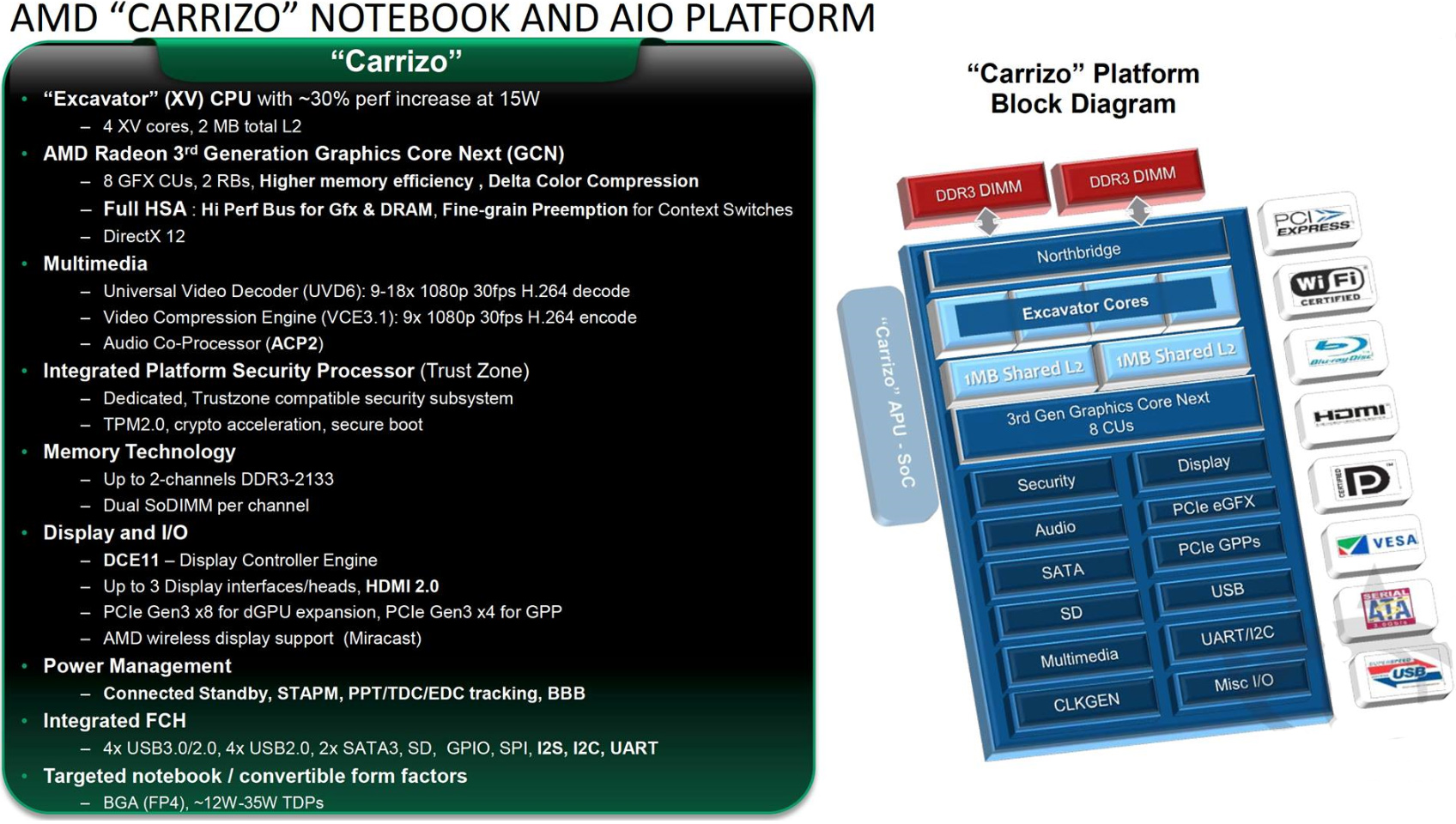looncraz
Senior member
- Sep 12, 2011
- 722
- 1,651
- 136
Probably not, but still the "high volume" APU parts will need a south bridge, which have to come from ASMedia, and given that we should be talking about a monolithic die, ASMedia has to license IP for AMD, and certainly ASMedia isn't going to give AMD a free lunch.
And that will paid for by the motherboard companies, who already have strong business ties with AsMedia, not AMD. Of course, either way, WE end up paying for it... but we'd pay for it either way, so it's a total non-issue.
And, in the event AMD does use AsMedia to supply an on-die south bridge (doubtful, but possible), you can bet they already have a deal worked out. AMD did just hand AsMedia a considerable amount of business.
You talk as if ASMedia is some charity. ASmedia will either get paid directly by AMD or they will get a chunk of AMD revenue share in the ecosystem. AMD might end up better than they are today, but doesn't change the fact that:
- AMD will have to pay for ASMedia one way or another.
AsMedia was just handed a hundreds of millions of dollars worth of business. If you don't think that came with strings attached, you're wrong. You can rest assured that AMD will be benefiting greatly from this arrangement.
However, AMD will certainly *NOT* be paying royalties or anything to AsMedia for off-die components. They have no reason to do so. Usually, in fact, third party chipset manufacturers usually pay licensing fees to the CPU company for access and production rights. In this case, I imagine AMD has given AsMedia exclusive rights to produce their chipsets in exchange for a guarantee that AsMedia will create appropriate chipsets for AMD's products that contains the latest technologies.
That is all that would need to happen for everyone to win and no one to lose. It is also the only deal that would make sense for AMD or for AsMedia. AMD doesn't get direct access to AsMedia's IP, so they have no reason to pay anything. They're simply giving someone else exclusive rights to develop their chipsets.
- AMD might end up in a worse financial position in the long run compared to a situation where they could muster enough resources to develop these technology by themselves.
This is possible, yes. Not because of any royalties, but because they are now not collecting on any SB / GPP chips. They also probably lose some control over choosing what is included, which might make the market choices a little more confusing (probably not at first, though).
However, it allows AMD to reduce their R&D burden and their time-to-market. They now just create a system protocol and share that with AsMedia, likely with some general requirements included for minimum platform capabilities. AsMedia makes the products because they know no one else can do so, and they include their existing IP just to save money. For them, it will be like dragging & dropping their designs onto a basic chip layout, testing it, and saying: here ya go, I want $4.20 for this south bridge!
- Given the minuscule volume of AMD processors as of lately, whatever developments made specifically for them will be very hard to pay off because of the small number of units to amortize R&D costs.
This is also why AMD had to drop as much of their cruft as possible. For some companies, vertical integration makes sense... for companies which can't keep up in terms of competitiveness and profitability, it is usually better to find your profitable little niche. AMD's, hopefully, will be x86 CPUs, gaming graphics, consoles, etc...
They don't need their own fabs anymore (settlement with Intel allowed this) and they don't need their own chipsets anymore (AsMedia will handle this). At the same time, they have to get rid of all of their money-pits... which is exactly what they have been doing. Their chipsets were just there to enable their CPUs to sell. But, they couldn't keep up.
I expect the highest end AM4 motherboards to be quite a bit more capable after the AsMedia deal than I ever thought before. In fact, my first concern when I heard about Zen was AMD's outdated platform... that no longer concerns me.
Which Intel product has AMD >>technology<< on it?
Almost every one of their CPUs. AMD-64 is used on Intel CPUs to provide 64-bit and 32-bit concurrent compatibility. The fact that you can run 32-bit software on 64-bit operating systems is entirely thanks to AMD. Intel was going full-on 64-bit, with no backwards compatibility. Their attempt (Itanium) failed horribly, and AMD hit the market with awesome 64-bit CPUs.
There are other bits as well, I'm sure, as more was included in the cross-licensing agreement, but I have no idea what Intel actually implements that we can't see. And, of course, AMD uses Intel technologies.




